We all love the look of Polaroids and instant photos. They have a certain charm and nostalgia that digital photos can’t quite replicate. But what if you’re not happy with the results you’ve been getting? Here are our top tips to help you take good Polaroids and instant photos every time.
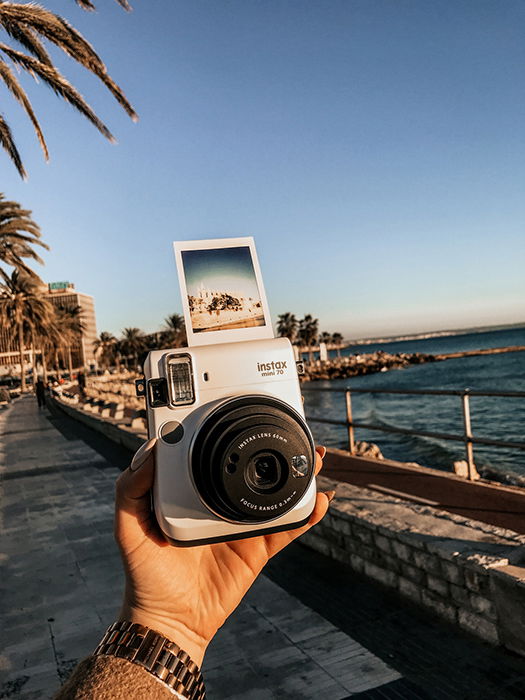
Here are our 12 best suggestions to get the most out of your instant pics. Unlike digital photos, you can’t edit them afterward! Like film photography, make sure you think your shot through to get the best one… and have fun with it!
An Instax camera doesn’t capture dynamic range as well as a DSLR. If you take photos of a place that’s both shaded and exposed to the sun, you might end up with underexposed photos.
To avoid this, you should take Polaroid pictures when light evenly hits everything in your scene. Cloudy days are perfect for this. But you can also take photos in shaded areas as long as there aren’t any dramatic changes in light around you.
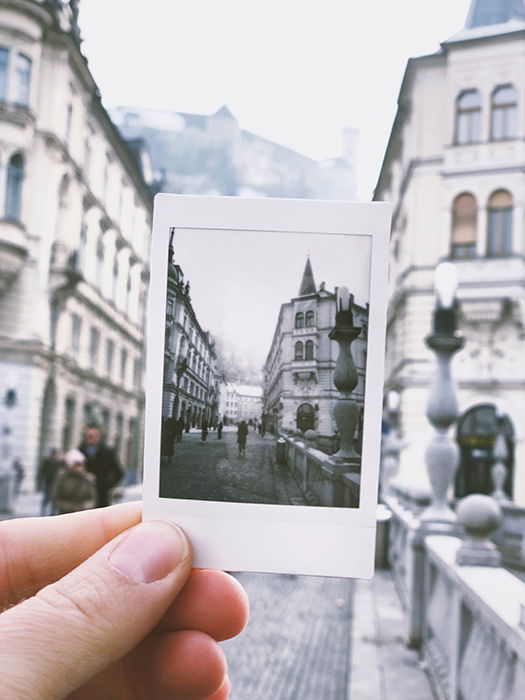
Details are often a priority in film photography. Some film cameras capture details much more clearly than modern professional cameras. But this isn’t the case for Polaroid and Instax photography. Fujifilm Instax cameras are known for their soft, washed-out effect.
They’re ideal for atmospheric photos of people, landscapes, and objects. But they shouldn’t be too close to the camera. Always stay a few feet (60 cm) away from your subject.
Do you want to take close-up shots? Before, you needed an Instax Mini 9 with a close-up lens. It lets you focus between 35 and 50 cm. But now you can use the Instax Mini 11 with Close-up Shooting mode.
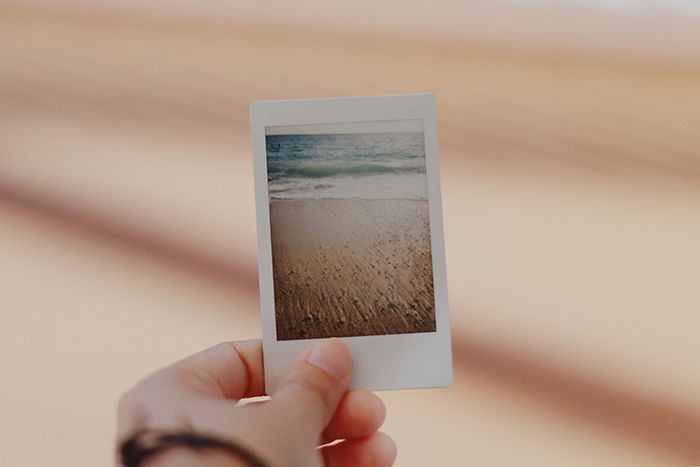
This goes hand in hand with the previous tip. Take a few steps away from your subject. This ensures your instant photos don’t have too soft of a focus. A few steps back are good enough for sharp results.
But remember, there’s a limit to how much your camera can capture, even at a distance. Too many steps back give you abstract and unfocused results.
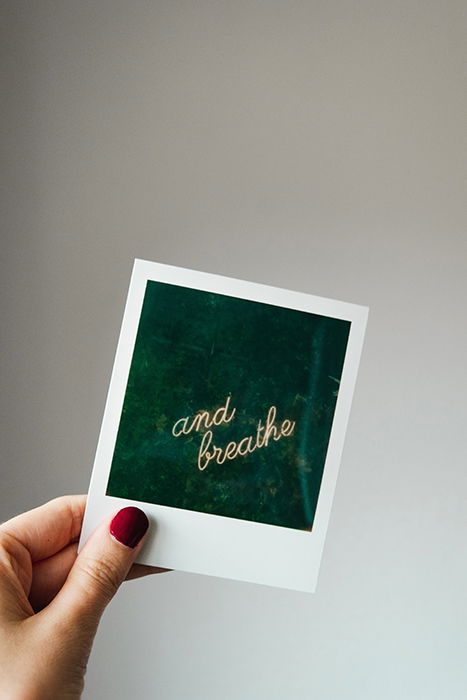
As mentioned, Instax cameras aren’t the best at capturing dynamic range. So you need to avoid clashing colors and bright light. You should also take photos using soft light in locations that don’t have too many shadows. Even a slight shadow in a bright space can ruin your composition.
If you take a sunset photo, the surrounding landscape (like rocks) will look abnormally dark. You can use your camera flash to compensate for this. But there’s no guarantee it will be enough to light an entire landscape.
You can also add more light to a subject using controlled artificial light.

Instax cameras are smaller than most professional ones. They’re also designed to look like cute little toys. This means your fingers won’t be able to work the buttons quickly.
As you shoot, ensure your fingers aren’t covering the lens, flash, or other features that might affect your images. Even slightly covering your lens (a technique in digital photography) might ruin your entire photo.

If you have a limited amount of photos available, you’ll want to make the most of them. If you’re a beginner photographer, take photos of anything that catches your eye.
Do it even if you’re uncertain about the outcome. This will introduce you to many photography genres. And it will make you more fearless in the face of new experiences.
If you’re an advanced photographer, take photos of people and places you’re not used to capturing. This makes your shooting experience fun and gives you lots of new photos to share in your portfolio.

You can use monochrome film to get out of your comfort zone and take atmospheric photos. Black and white photography is often superior to color. It makes images look more emotive and mysterious.
Combined with the softness of instant photos, B&W makes your results stand out… To make your photos look eerie, use monochrome film to create double exposures.
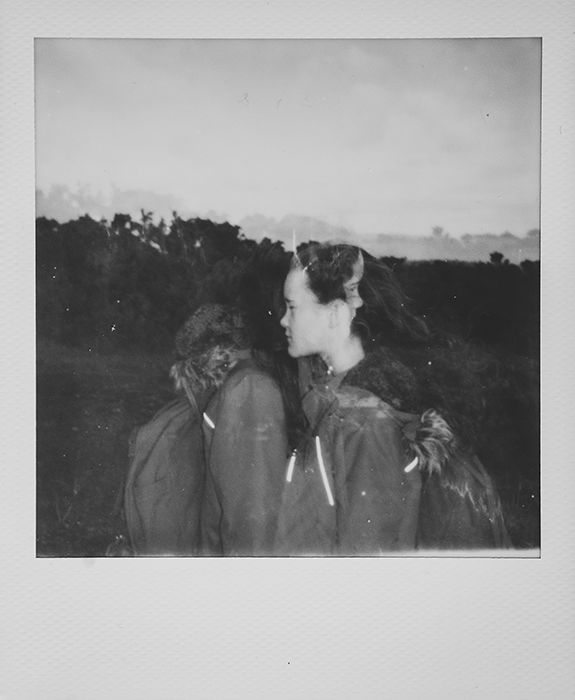
Instant photos aren’t meant to provide professional results. You can’t expect them to give you extremely sharp images. But if you want your images to look as clear as possible, center them often.
If your subject ends up at the edge of your frame, it might get distorted or ruined by an unexpected light leak. Centered subjects are more likely to look sharper and more visually appealing in your compositions.

Again, avoiding too much contrast and high dynamic range is best. To do this, you can gravitate towards simple compositions instead. This includes taking Instax photos in front of simple backdrops. White walls, blue skies, and simple buildings are perfect for this.
This minimalist approach helps you avoid busy compositions. And it puts the spotlight on your subject or model. So the result is more visually appealing images.

Some instant cameras offer double exposure features. These are perfect for creating surreal, funny, and imaginative photos within seconds.
The Instax Mini 90 and Square SQ6 have this feature. The double exposure button is symbolized by two squares. If you have a Polaroid OneStep2, you can manually create a double exposure. (See Polaroid’s official guide.)
You need to use a bright and dark image to make your double exposure look interesting. This contrast helps the photos smoothly blend into each other. They won’t stand out if you combine two light images or two dark ones.
You can combine a photo of a cloudy sky with a photo of a silhouette. This creates a stunning double exposure.

Instant cameras have affordable tools and accessories. They can make your shot process even more fun.
Colored frames, lens filters, and stickers are all available for most instant camera users. You can use these to complement the colors in your images, take close-up photos, or manually color-correct your images.

Last but not least, you can use all of your Instax photos as examples to market yourself… or find new jobs and impress potential clients. They’re not professional-grade photos. But they’re a great way to express yourself and show others how much you can do with a small camera.
They’re also great for test shoots. You can show models test shots to make them feel comfortable before the actual photoshoot.

Instant gratification is usually looked down upon. In this case, learning to take Polaroid pictures is a great way to improve your basic photography skills… and have fun too! There’s plenty you can do with instant photos. You can sell them as prints, scrapbook them as memories, or showcase them in your portfolio!
